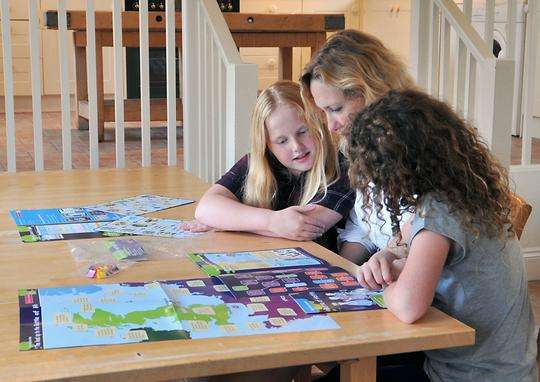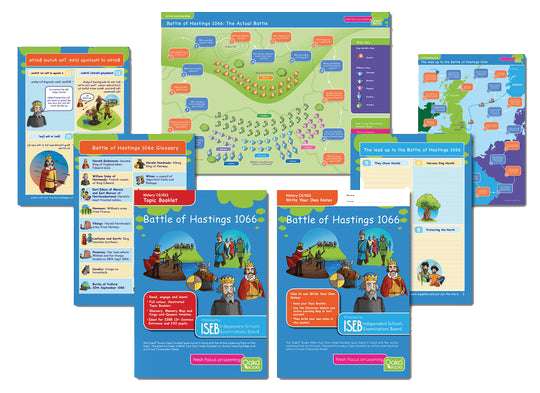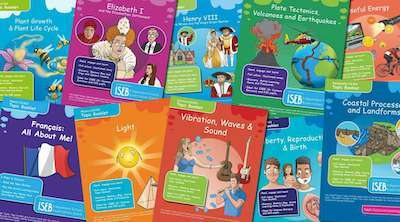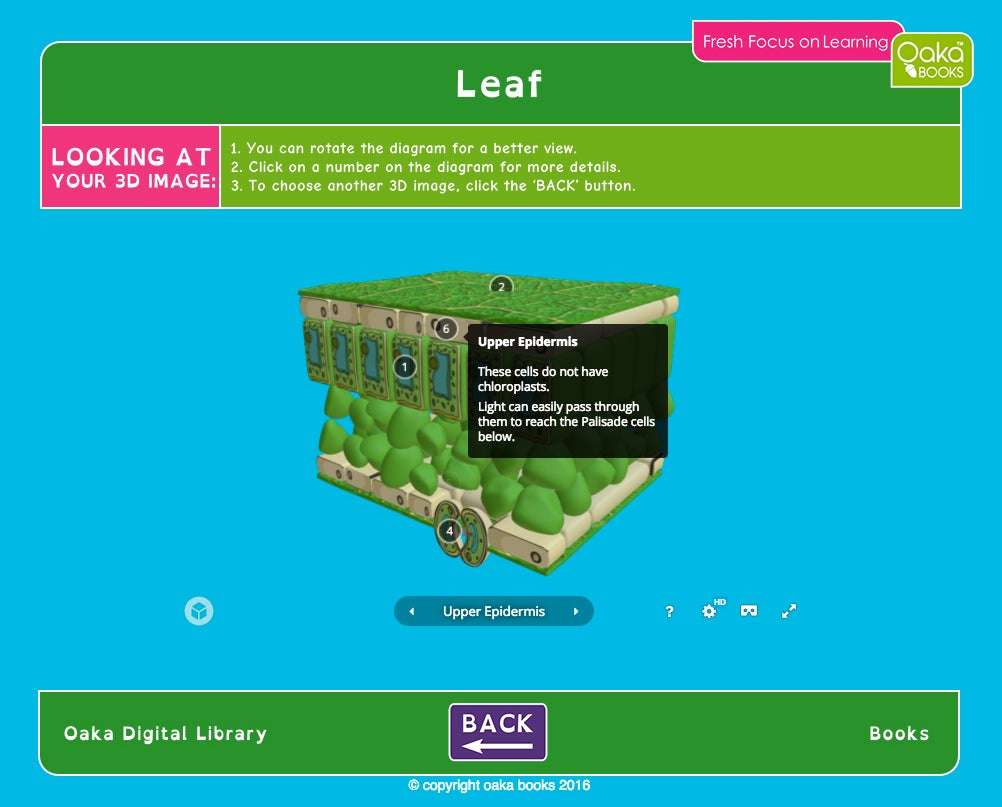Lev Vygotsky was a Russian psychologist who died in 1938 but his work lives on in classrooms across the world. Vygotsky’s Social Development Theory has been hugely influential since the 60s and breaks down into three main areas:
- The importance of social interaction in development
- The “More Knowledgeable Other”
- The Zone of Proximal Development
The concepts might sound a bit abstract but are actually very relevant to a hands-on teaching and learning approach. The theory can be quickly incorporated into homework and revision sessions and already makes up a big part of classroom teaching.
The first area, on social interaction, is perhaps the most contentious. Psychologists are divided over which comes first, child development or learning. Vygotsky believed that social learning came first and led to learning. Others believe the opposite, that development must come first for learning to occur.
In practice this means that learning is collaborative, not merely an instruction from teacher to pupil. Children learn best, Vygotsky believed, when working with others and being supported. He also had a framework for the key skills involved: summarising, questioning, clarifying and predicting.
The person giving this support is the More Knowledgeable Other (MKO). This is most often an instructor we would recognise, such as a teacher or parent. But it can also be a software programme or another child who is at a higher level.
This finds its way into the contemporary classroom in the practice of “scaffolding” where the MKO structures a task so the learner can work on it successfully.
Successful work is defined by the Zone of Proximal Development (ZPD). The ZPD is similar to other ideas of a “flow” state, where learning occurs. The zone lies between receiving guidance from the MKO and being able to do a task fully. In between those two areas is the ZPD where learning happens.
The challenge for visual learners and those with special educational needs is finding the ZPD and getting the right scaffolding when the information is being transmitted in a written way or with a high emphasis on listening. The visual learning style does not match with most classroom or learning materials and will make putting these ideas into action harder for visual learners.
Oaka Books resources and topic packs are designed for visual and SEN learners to suit their unique learning style. Using images and graphics they engage a visual learner’s senses. Overcoming the hurdle in how the information is presented is important in helping the pupil get into their ZPD where the best learning will happen. To strengthen that learning Oaka Books has games, quizzes and flash cards to really embed the information for better memory and recall.





